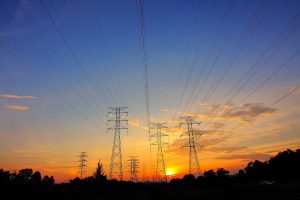This website uses cookies so that we can provide you with the best user experience possible. Cookie information is stored in your browser and performs functions such as recognising you when you return to our website and helping our team to understand which sections of the website you find most interesting and useful.
Use Case Details
Energy Fault Location
Many utility customers make a significant investment in putting asset information into their GIS. Frequently, network topology describing connectivity between the assets is not populated. Consequently, locating faults on the system is difficult, because a fault is calculated as a distance from a station along a line. It is important to know which structure is closest to the calculated location of the fault.
Knowing where the fault is important to dispatch crews, along with correlating the outages to other events like lightning or other weather phenomenon.

Lifescale Analytics Approach
Lifescale Analytics’ team developed a web-based system on ESRI’s ArcGIS JS API to identify the distance from the substation to a structure nearest to the fault distance. The system was developed both as a user interface and an API that could be called from other tools like Grid Protection Alliance’s OpenXDA fault location system. The topology was developed on the fly so that as the assets were updated the corresponding network data didn’t have to be refreshed or maintained.
The system was integrated with Vaisala’s TXD-100 API so that as faults were identified lightning could be ruled out as a root cause.
Benefit to the Business
When a fault occurs on the power system, utilities need to know where the fault occurs. This enables the rapid dispatching of crews, the isolation of faults, and with new tools enables the automated analysis of a fault’s root cause.


